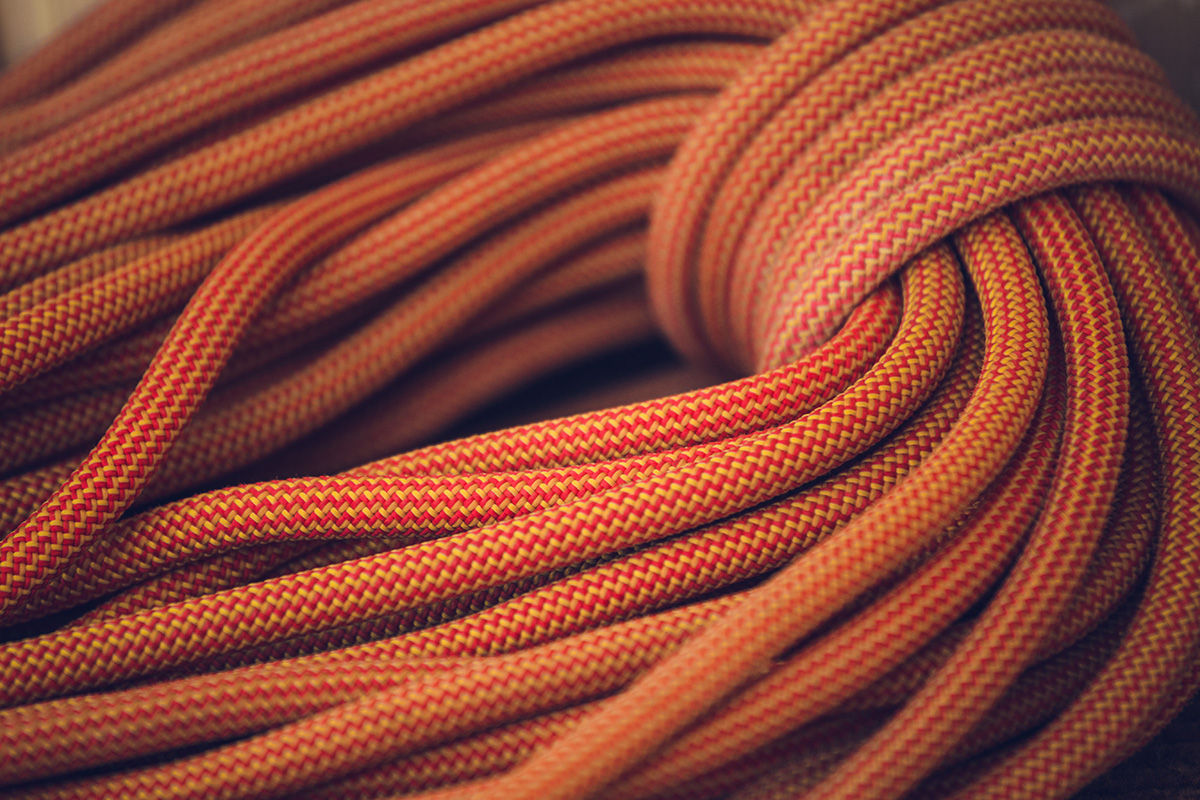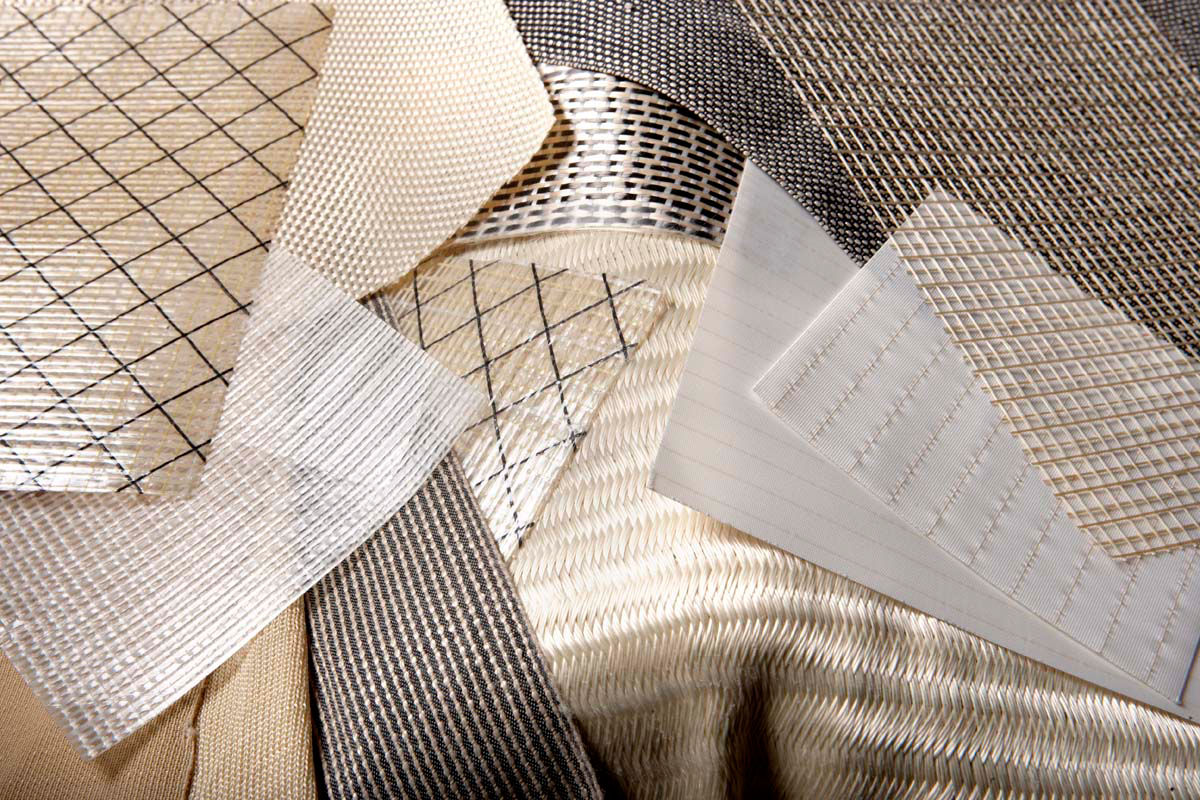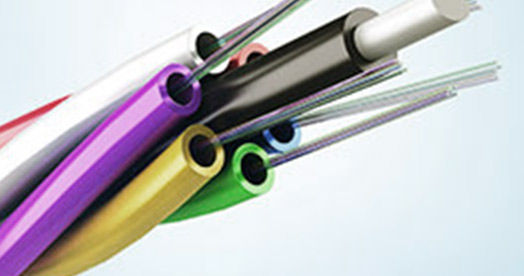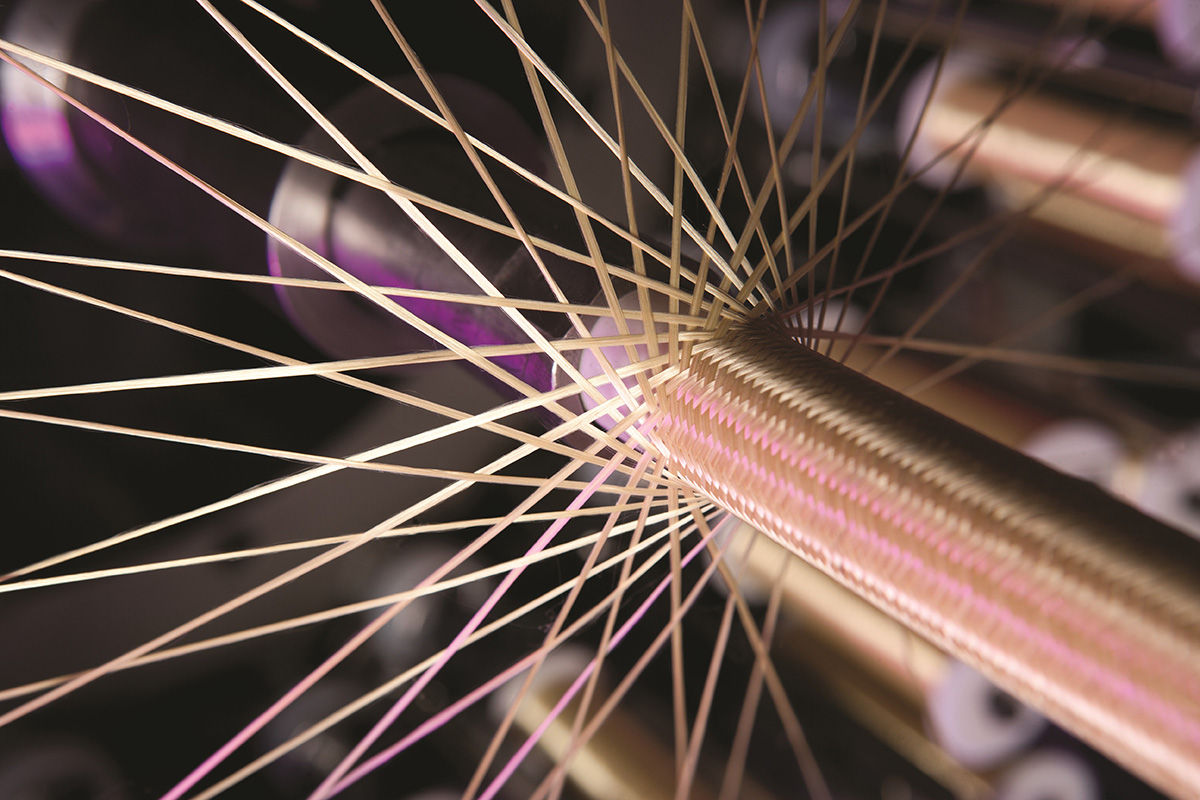About VECTRAN™
What is VECTRAN™ liquid crystal polymer fiber
Vectran™ is about 5 times stronger than steel and about 10 times stronger than aluminum.
Vectran™ is available in a variety of grades and fineness, offering new possibilities for design and material selection.
We offer the following grades.
HT: High strength grade
NT: High pigmented grade
UM: High elasticity grade
Properties
- High strength and modulus
- Excellent creep resistance
- Abrasion resistance
- Excellent flex/fold properties
- Minimal moisture absorption
- Chemical resistance
- Low coefficient of thermal expansion (CTE)
- High dielectric strength
- Outstanding cut resistance
- Vibration damping characteristics
- High impact strength
Applications
Fiber chemistry
VECTRAN™, a liquid crystal polymer (LCP) fiber, possesses unique properties. This unique fiber's history has been shaped by decades of research and development in thermotropic (melt-processable) LCP's.
LCP polymer molecules are stiff, rod-like structures organized in ordered domains in the solid and melt states. These oriented domains lead to anisotropic behavior in the melt state, thus the term "liquid crystal polymer."
VECTRAN™ is formed by melt extrusion of the LCP through fine diameter capillaries, during which the molecular domains orient parallel to the fiber axis. The structure's high degree of orientation, illustrated schematically in

Molecular Structure
With conventional polyesters, the molecular chains are random and flexible. Fibers spun from such materials must be further oriented, generally through a combination of extrusion speed and post-spin drawing, to obtain higher tensile properties. VECTRAN™ highly oriented structure is locked in directly during the melt spinning process, thanks to the molecular structure and liquid crystalline nature of the starting polymer.
VECTRAN™ is different from other high-performance fibers such as aramid and ultra-high molecular weight polyethylene (HMPE).
VECTRAN™ is thermotropic, it is melt-spun, and it melts at a high temperature. Aramid fiber is lyotropic, it is solvent-spun, and it does not melt at high temperature. HMPE fiber is gel-spun, and it melts at a low temperature.






